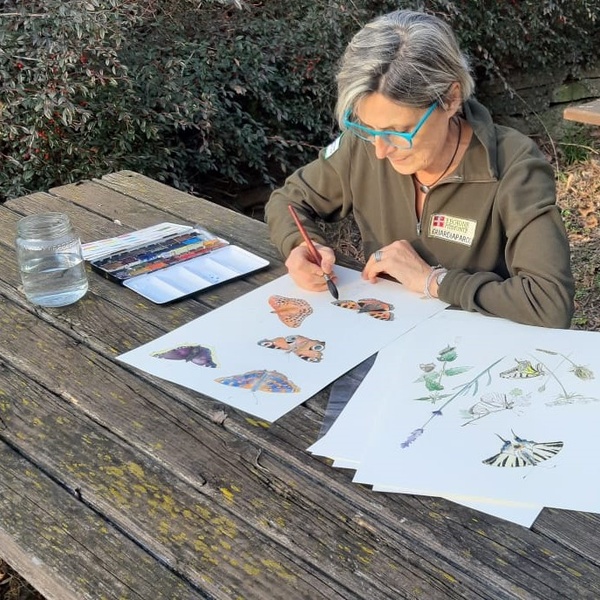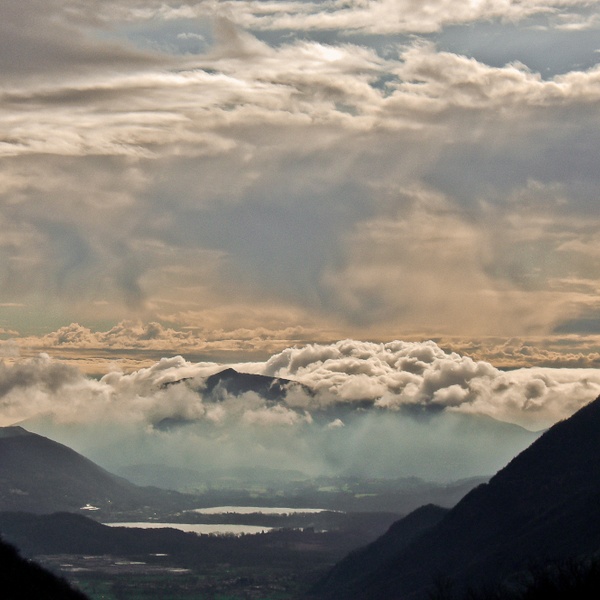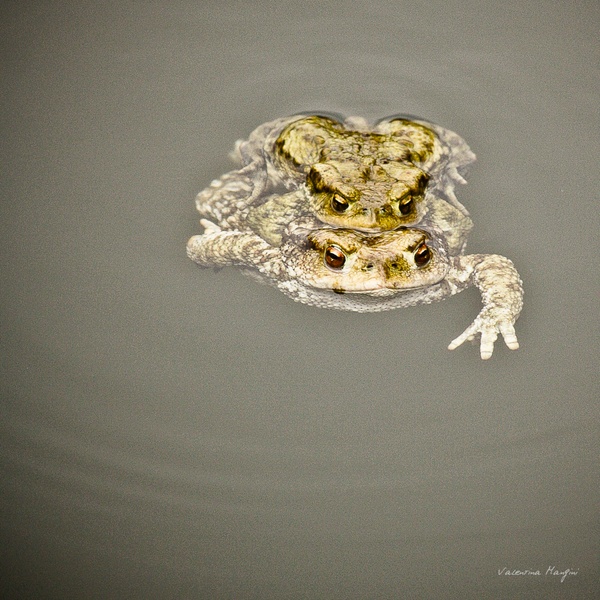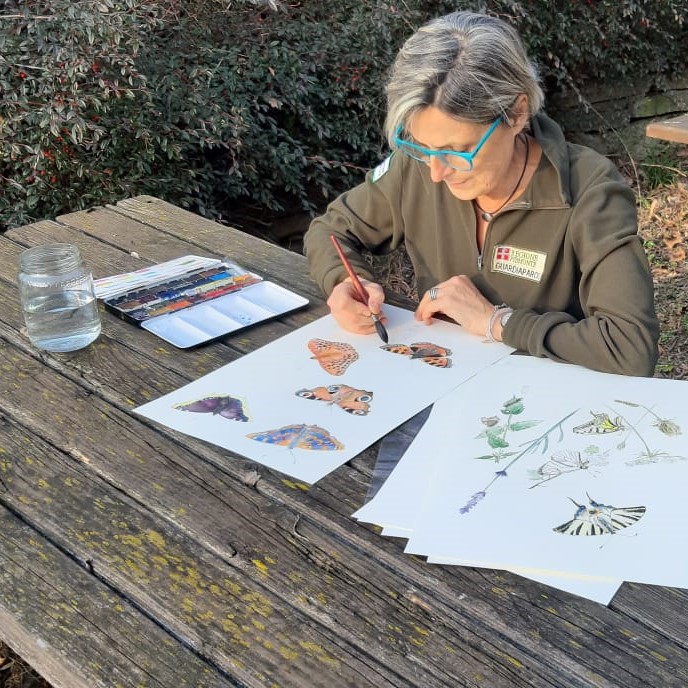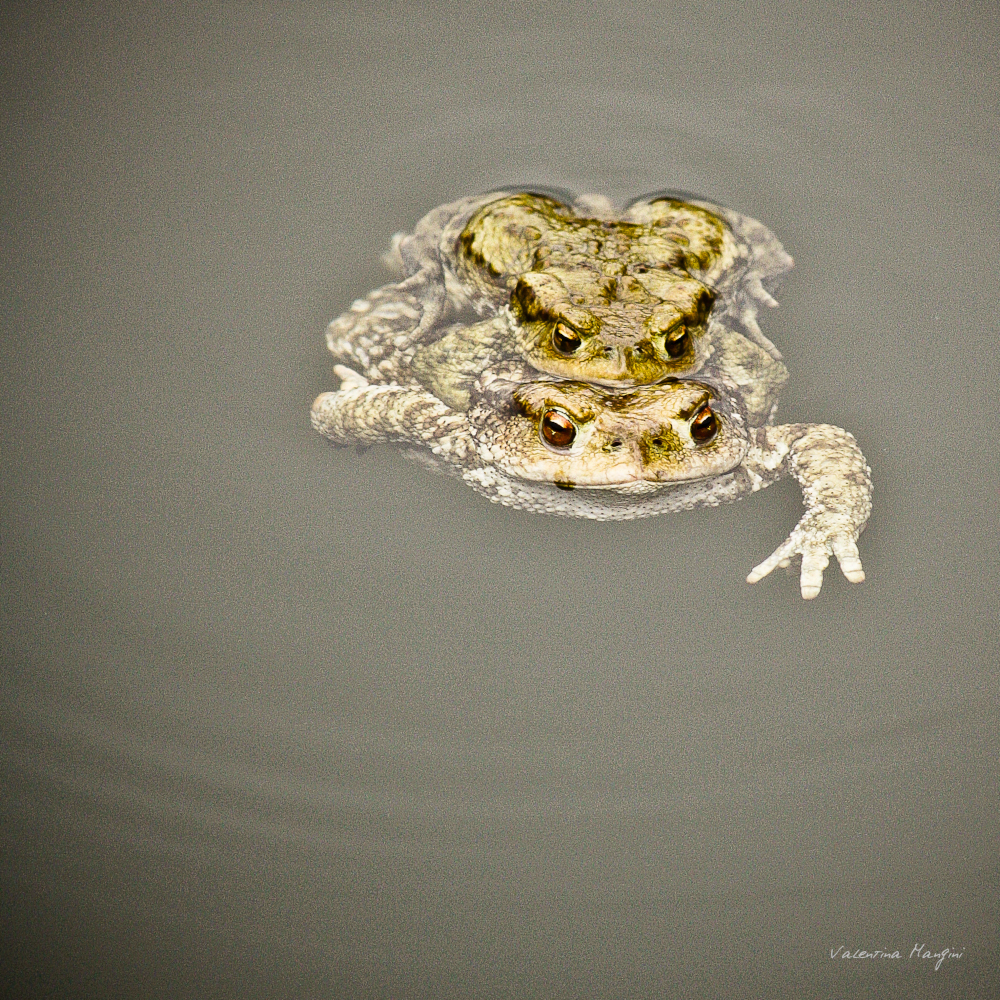Valentina Mangini: 35 years as a park ranger between rigor and fantasy
Nov. 26, 2025"I returned home exhausted, but happy. The work was tiring due to the shifts and being outdoors in any weather condition, but there were many satisfactions."
As of October 1, 2025, Valentina Mangini retired as a park ranger at the Avigliana Lakes Natural Park, where she had served since 1991. To avoid falling into the melancholy of those who think another piece of history is gone, let's try to highlight the heritage of experiences and knowledge that Valentina has left to the park authority after nearly 35 years of dedicated service. Moreover, she is someone who has a cross-cutting – and therefore original – view of the working dimension; a determined yet sensitive woman who has skillfully combined important naturalistic competencies with a creative and artistic approach. In fact, Valentina was also the author of the photos and illustrations that have animated the calendar of the Protected Areas of the Cottian Alps since 2014.
First of all, how did you become a park ranger?
"I started to frequent the natural environment of the Val di Susa, where I grew up, since I was a child. My mom was passionate about wild herbs and was a dedicated bulaiera (mushroom seeker), while my dad was a hunter. I remember perfectly when the gamekeeper would come to visit him at home, and the conversations about various animals and their habits. I thought that when I grew up, I would become a wildlife officer until in 1990, I passed the exam to become a park ranger in the Crava-Morozzo Natural Reserve, which is now managed by the Protected Areas of the Maritime Alps. I had enrolled in the Faculty of Natural Sciences at the University, but the experience I could gain from fieldwork pushed me to abandon my studies. After less than two years, I had the chance to move closer to home, to the Avigliana Lakes Natural Park. I admit I was more oriented towards mountainous environments, but after all, my destiny was water."
From an ecological point of view, what were your main interests?
"At Crava-Morozzo, I had learned to know the avifauna very well, then in Avigliana, I developed a particular passion for the marsh. It is an extremely diverse environment in terms of animal and plant species, which changes significantly based on the seasons but also at different times of the day due to water fluctuations and humidity variations with fog that alters the landscape's shape before quickly dissipating. It starts to burst with life as early as February, as soon as the weather becomes slightly milder, thanks to a unique interaction between species starting with fish and amphibians, followed by insects, mosquitoes, and dragonflies, up to birds. We must not forget the mammals, including wild boars and deer; the latter have become less numerous partly because the wolf has returned to these environments from time to time and partly due to the increasingly invasive presence of pet dogs that are not kept on a leash. There have also been numerous sightings of rare birds, such as a flamingo that came to take shelter here during a very violent storm."
How have the environments in the Avigliana Lakes Park changed over the years?
"The hilly area has given us some nice surprises with the discovery of rare flowers like Pulsatilla montana. And then there are the lakes that exude a particular charm. At first, in winter, they provided beautiful glimpses when they would still freeze, but unfortunately, this phenomenon hasn't occurred for many years. Over time, I have observed a clear advance of the forest, both in the hills but especially in the marsh, which has closed off certain very interesting environments; at the same time, I have dealt with exotic plants that are also expanding greatly. The aspect that has brought me the most joy in recent years has been the discovery of Emys orbicularis, the native pond turtle, of which the Avigliana Park hosts the westernmost population in Italy. An event that helped me understand how even such a small area can host a wealth of biodiversity that must be protected in every possible way."
Switching to the other main aspect of the park ranger's job, how has monitoring changed?
"Initially, it was mainly about combating poaching, especially in the wooded and marshy areas. At that time, we had to carefully patrol the park's boundaries to prevent certain hunters from crossing them with impunity. But it was also common to set snares, traps, and pitfalls. Today, it is a problem that almost exclusively concerns illegal fishermen on the lake; on the other hand, the monitoring work must focus on issues created by intense tourist activity. Nowadays, park attendance is spread throughout the entire year by always new and undisciplined people, to whom we need to explain even the most basic rules that must be respected in a park. It seems incredible, but a simple rule like the prohibition of littering is still not respected by many people!”
In addition to all this, you've managed to develop an artistic side as well. How did you embark on the project for the calendar of the Cottian Alps Parks?
"With the establishment of the management authority for the protected areas of the Cottian Alps, the Avigliana Lakes Natural Park was merged with Orsiera Rocciavré, which had been publishing a calendar curated by the park rangers for years, particularly by Elio Giuliano, who invited me to collaborate. At that time, I was more focused on photography, having produced some exhibitions on the Mareschi Marsh and the frozen Avigliana Lakes. But after a few more photographic editions, we decided to illustrate the calendar exclusively with hand-painted illustrations to make it more original and authentic. Each year we would decide on a theme and thoroughly research before even starting to paint. My favorite remains the one on mushrooms because it required great effort to deeply understand a wonderful world, whose aesthetic beauty is the result of a complex web of symbiotic relationships that allow each individual to emerge within very specific habitats. The 2026 edition, on the other hand, is focused on the good practices that tourists should adopt within a park. Someone who has flipped through it complained a bit because rules never enjoy great popularity. But after 35 years as a park ranger, I believe it is increasingly important to remember and reiterate them if we want to preserve the ecological heritage of our protected areas.”
You might also be interested in...
- campaign Biodiversity at risk: the Emys orbicularis
- campaign 39 anni da guardiaparco. Domenico Rosselli racconta una carriera nella natura
- campaign Maya has obtained the anti-poison dog certification.
- campaign Monitoring and prevention of fishing activities
- shopping_cart Natural Park of the Avigliana Lakes - A park of water and sky
- campaign International migrants in Val di Susa
- campaign "What a bunch of flowers" and the protection of wild flora
- campaign Mushroom Gathering 2024
- campaign The foundational prohibition of parks: hunting
- campaign The reasons for an obligation: Artva, probe and shovel
 Ente Parchi Alpi Cozie
Ente Parchi Alpi Cozie

